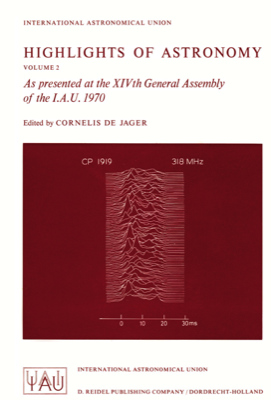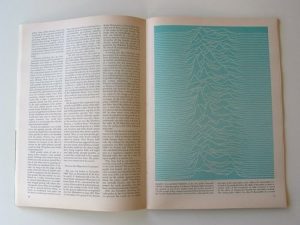During the 2021 lockdown I started a laser cutting project I’d wanted to do for a while. It turned out that the research on this went much much deeper than I first expected.
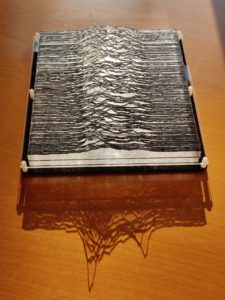
You probably recognise this image, and think you know where it comes from. But what if I told you the story goes back further than you think.
CP1919 is the first radio pulsar discovered in 1967 by Jocelyn Bell Burnell. It transmits radio waves with a pulse 0.04 seconds wide every 1.3373 seconds. This is part of a plot recorded in 1970.
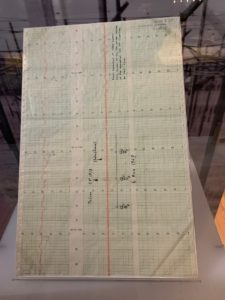
Not every pulse is the same shape or size, and for a while it was thought that it was an extraterrestrial beacon, so it was nicknamed LGM-1 for Little Green Men. This was subsequently disproved. Burnells original plot from Wikipedia.

Interpreting a long wiggly line is difficult, and hard to get info from it, but it can be split up in to sections of 1.3373 seconds for a clearer view of each pulse.
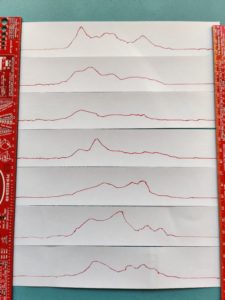
Lining up successive pulses vertically gives a clearer impression of what the pulses look like, although rather than a very wide page, you’re going to end up with a very tall page.
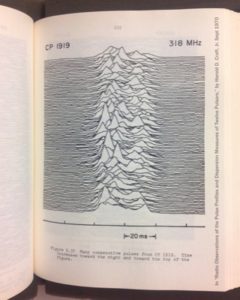
In 1970 Harold Craft published a PHD thesis on “Radio observations of the pulse profiles and dispersion measures of twelve pulsars” which featured 80 plots stacked on top of each other.
This plot went on to feature on the cover of the IAU General Assembly in 1970, a 1971 Sci Am article, in 1974 in Graphics Diagrams: The Visualization of Abstract Data by Walter Herdeg and the cover of The Cambridge Encyclopaedia of Astronomy.
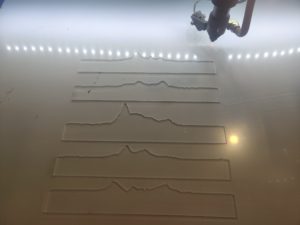
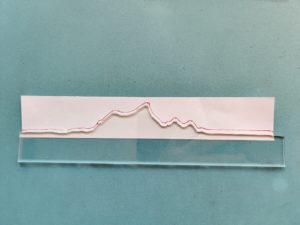
If the individual 1.3373 second sections are converted to an appropriate file format, they can be cut from clear acrylic, in a similar way to cutting up the paper tape.
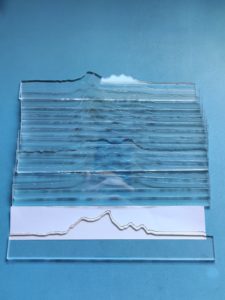
Sequential sections of acrylic can then be stacked up, similar to what Harold Craft did in 1970 with the black and white plot in his thesis.
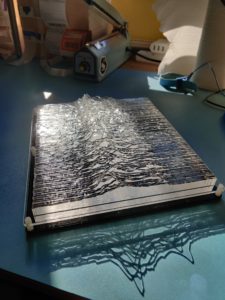
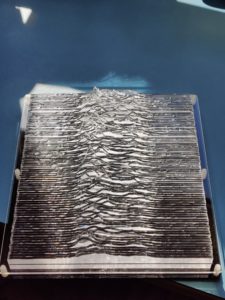
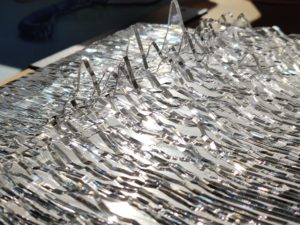
Putting all 80 pieces of acrylic in the right order (and right orientation!) is both satisfying and frustrating. However, I think the end results are absolutely stunning.

If you think you recognise this plot, but didn’t know about CP1919, then you probably know it from the cover of Joy Divisions Unknown Pleasures album which was designed by Peter Saville, taking the image from Cambridge Encyclopaedia Astronomy and inverting it.
